Moleskine Smart Writing System 2.0 seamlessly uploads your notes to the cloud
Bringing digital functionality to your jotting, sketching and writing, the upgraded Moleskine Smart Writing Set is a boon to the creative process, explains CEO Daniela Riccardi
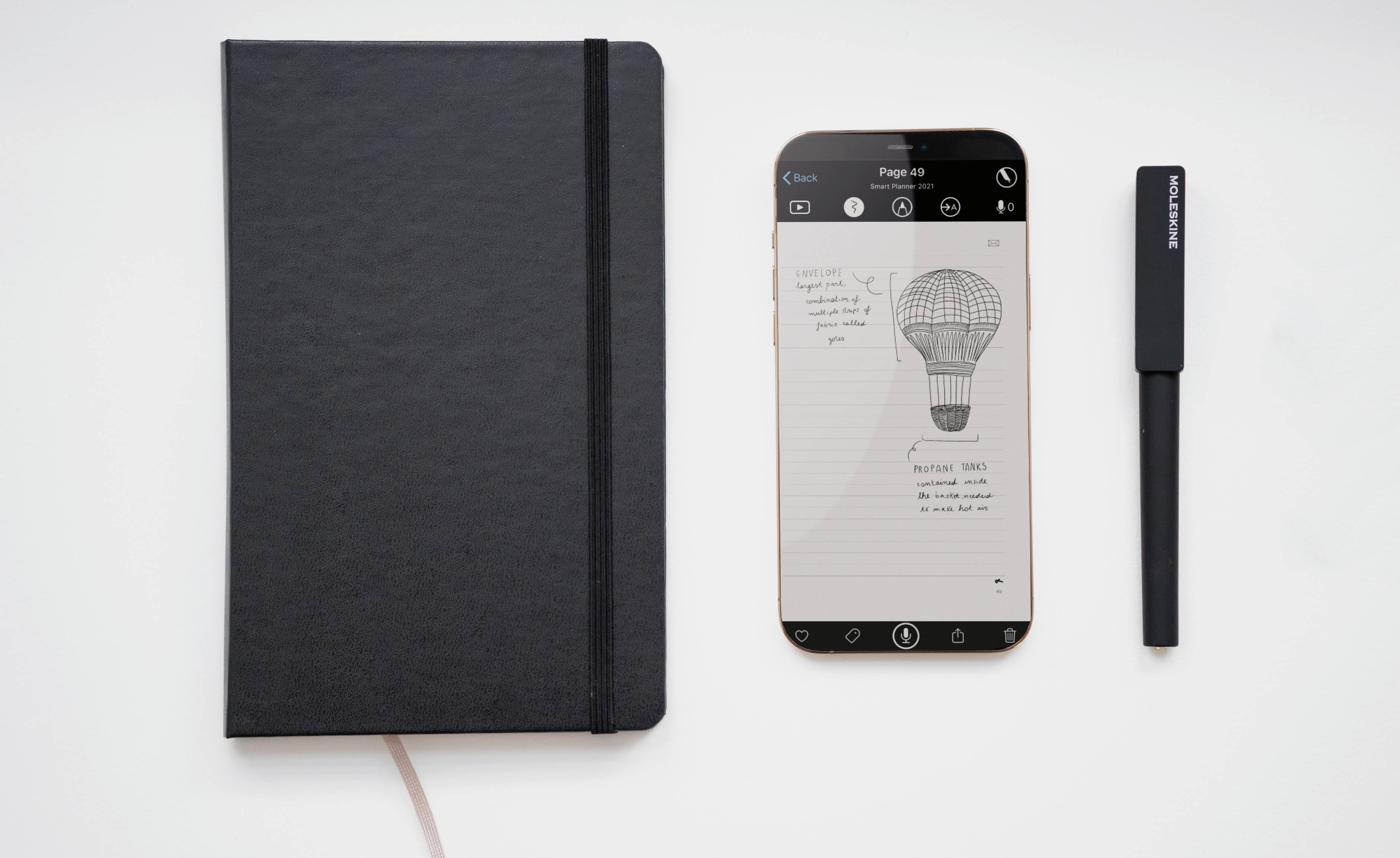
We’re fascinated by the idea of Smart Writing, and the promise of directly syncing what’s written on the page with the digital world. However, up until now, this mix of paper and screen has remained a niche desire, and although many smart writing systems exist, even the most enthusiastic innovators have found it hard to commit. Moleskine has now unveiled the 2.0 version of the Moleskine Smart Writing System, with a refined pen, more natural-feeling paper, and an expanded set of features.
We spoke to Moleskine’s CEO Daniela Riccardi about the new release, and how the company sees its future in this blended world of digital and analogue. Riccardi joined the company during lockdown after helming several major luxury brands. She spent 25 years at Procter & Gamble, where she eventually headed up the company’s Chinese division, was then CEO of Diesel, followed by a seven-year stint at Baccarat. She was all set to focus on some personal projects when this new opportunity presented itself.
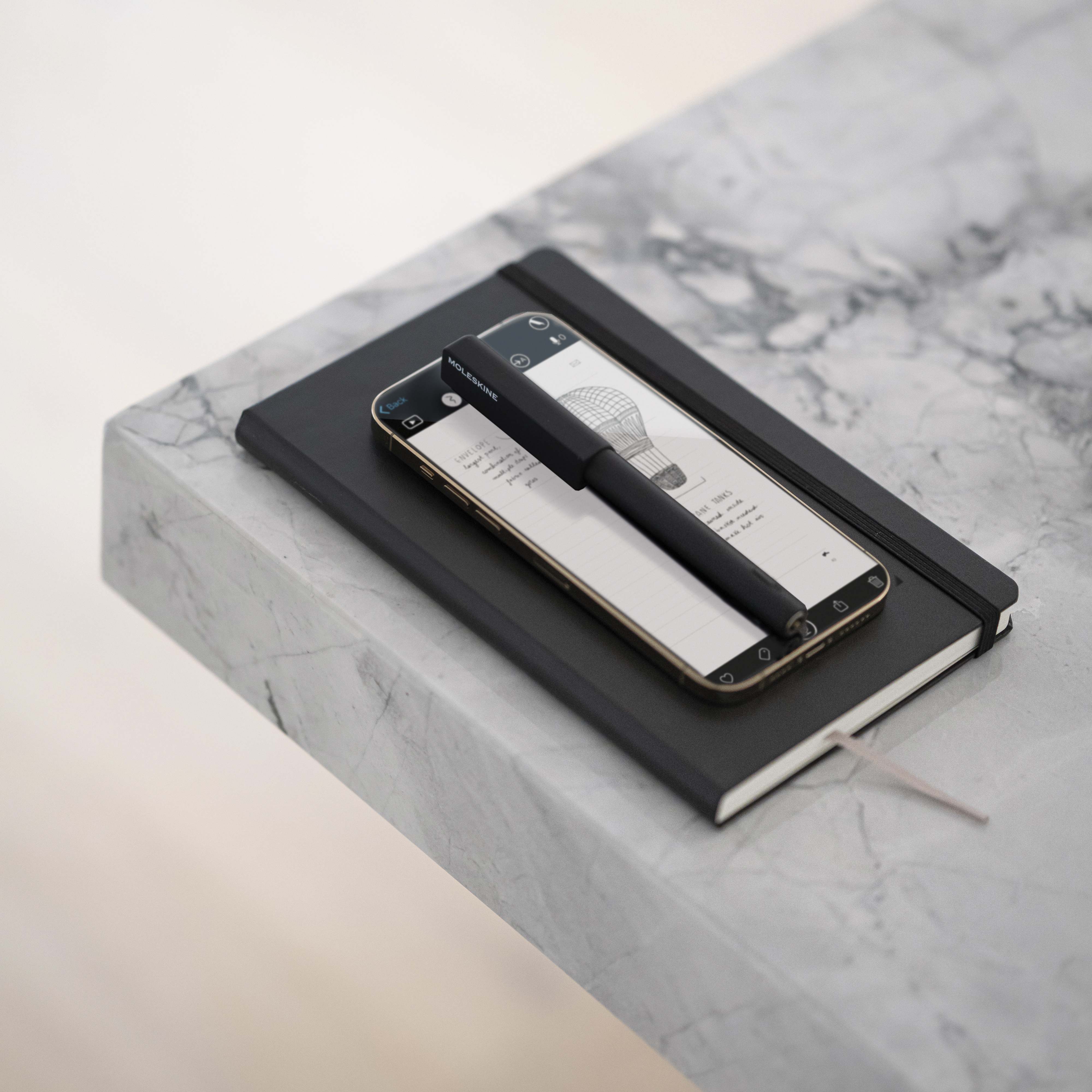
‘When I was approached by Moleskine it changed my plans,’ Riccardi admits. ‘I had a positive image of the brand and its legendary notebook – a book that is yet to be written.’ Moleskine often gives the impression of being a much older company, perhaps due in part to its long-standing association with the author Bruce Chatwin, who died in 1989. Chatwin romanticised the handmade generic black notebooks he used to buy in Paris, coining the term ‘moleskine’ to describe them, probably in reference to heavy, felt-style moleskin cotton.
The brand was founded in Italy in 1997 by Francesco Franceschi and Maria Sebregondi, following Sebregondi’s introduction of a high-quality compact journal for Franceschi’s firm Modo & Modo. The Moleskine name was coined and a mythology evoked, effectively transforming the humble blank notebook into a fetish object by ramping up quality and tactility and emphasising the creativity and inspiration that would surely flow during its use. For Riccardi, it is a luxury Italian brand with a bright future, even – perhaps especially – in our digital age. ‘Sketching captures the most powerful part of the human brain,’ she enthuses, the spirit of human creativity. It’s something that is important to preserve. If all that thinking was done directly to digital, we would lose a significant part of our process.’
Moleskine Smart Writing System 2.0: new features

Five years after the first version, Smart Writing 2.0 starts with a new pen, one that is more accurate than before, and which comes with a longer-lasting battery and a dedicated, magnetised charging cable. The pen writes as normal in the special encoded notebooks, which have a fine mesh embedded in each page. A sensor within the pen captures the precise motion of the nib in relation to its place on each page, even which page you’re on in the book; just open the app and watch your writing appear within it.
Other new features include the ability to record notes and play them back, as well as both audio and video from the app. As before, the Notes app will transcribe your handwriting (scrawlers beware), and you can add digital layers of information to existing pages, export images as vectors and even create time-lapse videos of drawings and sketches. The app itself can be a tad eccentric, but integration with cloud services like Google and Microsoft OneDrive add confidence.

Whatever happens, Riccardi remains committed to the physical object. ‘Maria said to me that a Moleskine was always meant to be the start of the creative process,’ Riccardi says. ‘For us, Smart is the future of the brand and 2.0 is just the start.’ Noting that traditional objects such as fountain pens are undergoing a revival, Riccardi emphasises how important it is to achieve the right texture and quality for Moleskine’s encoded paper. The latter makes recycling a bit trickier, she admits, adding that ‘nobody recycles their Moleskines! We have customers who build custom libraries just to keep their notebooks.’
Receive our daily digest of inspiration, escapism and design stories from around the world direct to your inbox.
The future is one of greater connectivity and openness. ‘Whatever the human brain is capable of doing, we can reproduce it,’ Riccardi says, ‘but we have to connect Moleskine to other apps and systems and make it easy and accessible for everyone. I personally have terrible handwriting, but it’s part of my personality; I just have a need to write things down.’
Version 2.0 is a step on the road to an increasingly seamless system, one that committed jotters and scribblers would be very happy to use on a daily basis. The digital functionality is a welcome bonus that could prove essential – imagine being able to run a text search on an old notebook – but the object itself will always endure. ‘I want the Moleskine to be like an iPhone,’ Riccardi concludes, ‘something that you wouldn’t leave home without.’
INFORMATION
Moleskine Smart Writing Set, £229
Jonathan Bell has written for Wallpaper* magazine since 1999, covering everything from architecture and transport design to books, tech and graphic design. He is now the magazine’s Transport and Technology Editor. Jonathan has written and edited 15 books, including Concept Car Design, 21st Century House, and The New Modern House. He is also the host of Wallpaper’s first podcast.
-
 Rome’s hottest new bar is a temporary art installation – don’t miss it
Rome’s hottest new bar is a temporary art installation – don’t miss itVilla Lontana presents ‘Bar Far’, a striking exhibition by British artists Clementine Keith-Roach and Christopher Page, where nothing is what it seems
-
 Apple unveils Creator Studio, a new subscription service for its top-tier creative apps
Apple unveils Creator Studio, a new subscription service for its top-tier creative appsApple Creator Studio brings together Logic Pro, Final Cut Pro and a host of other pro-grade creative apps, as well as a new level of AI-assisted content search
-
 We celebrate hope and optimism in architecture at the 2026 Wallpaper* Design Awards
We celebrate hope and optimism in architecture at the 2026 Wallpaper* Design AwardsSeeking the positive and the spirit-lifting, we commend this year’s architectural innovators and change makers
-
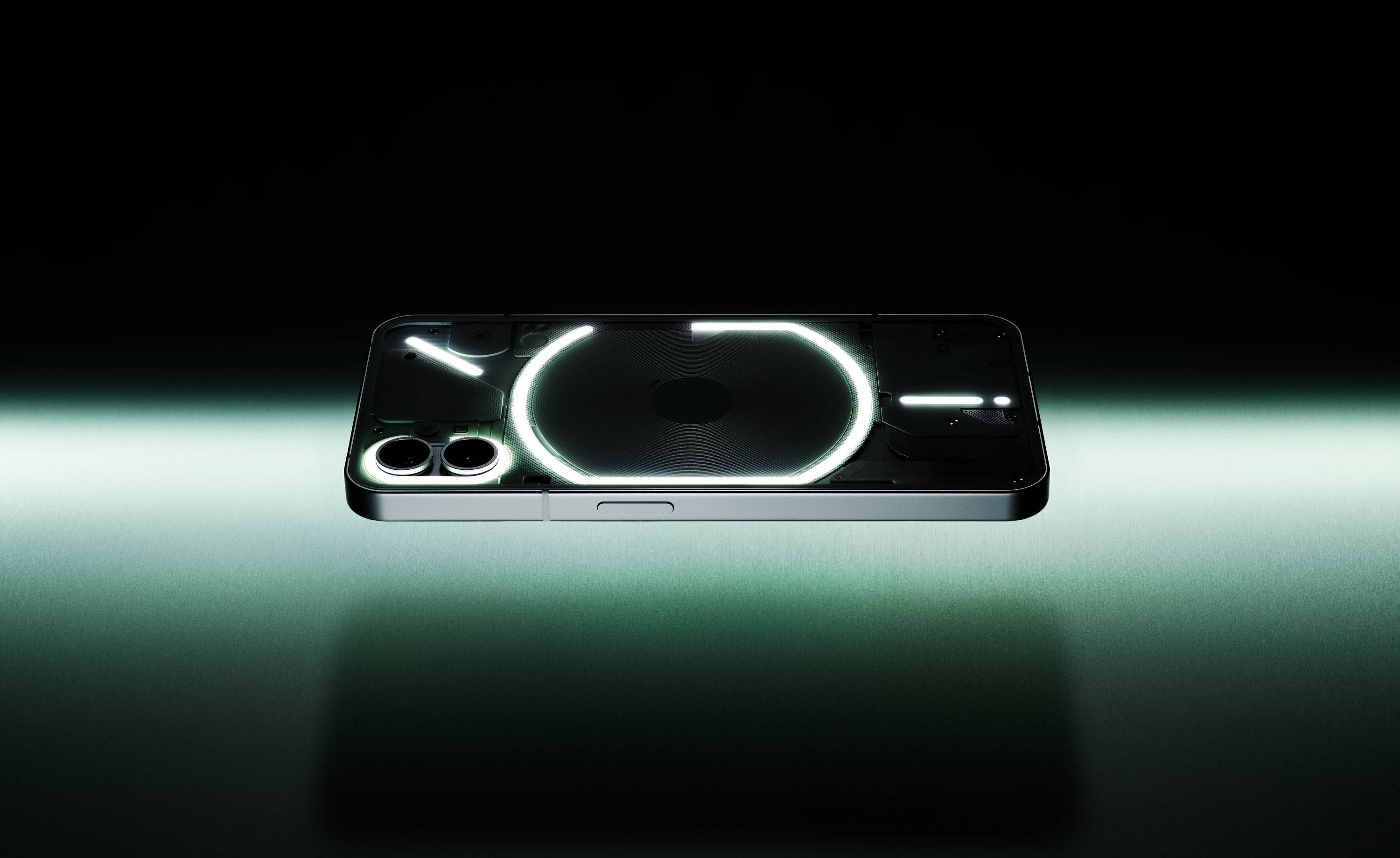 Hands on with new Nothing Phone (1): a clearly different smartphone
Hands on with new Nothing Phone (1): a clearly different smartphoneNothing Phone (1) launches, hitting the sweet spot between price, performance, and efficiency, and promoting the simplification of your smartphone life
-
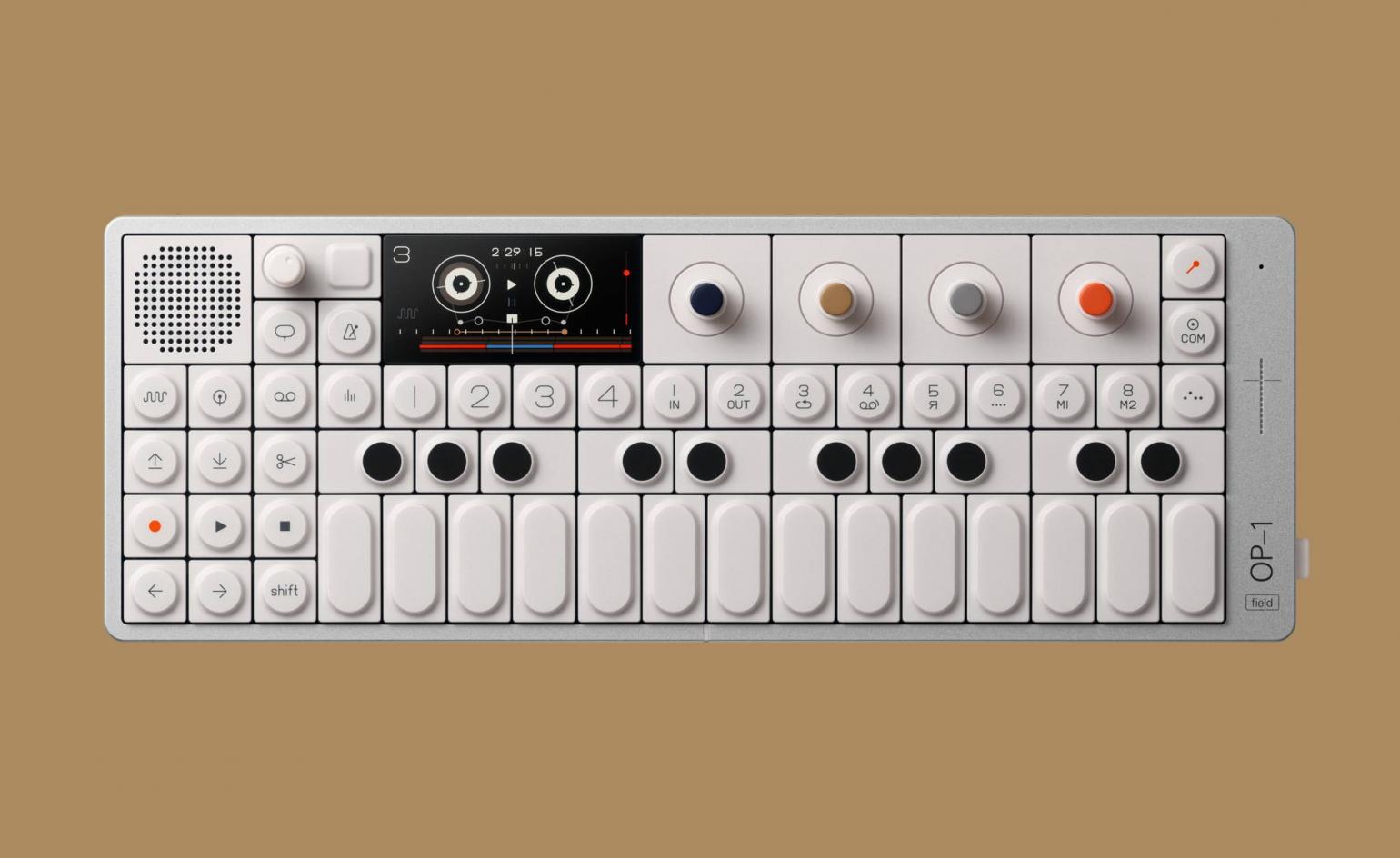 Teenage Engineering announces OP-1 Field, the ultimate new musical device
Teenage Engineering announces OP-1 Field, the ultimate new musical deviceWithin the tiny confines of this compact synthesiser – Teenage Engineering’s OP-1 Field – it’s possible to compose and record a complete track
-
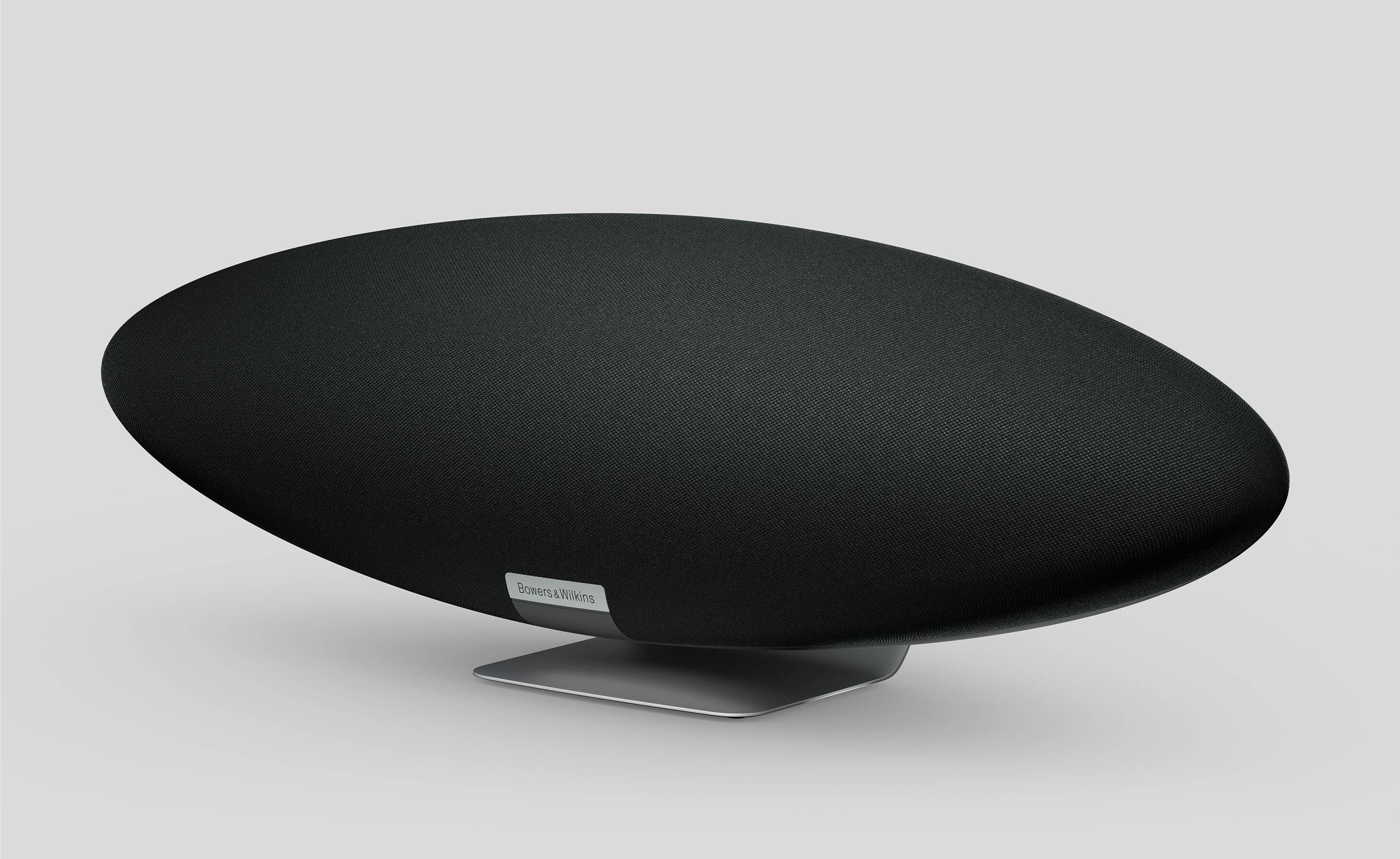 Flying high with B&W’s pioneering Zeppelin, the ultimate standalone speaker
Flying high with B&W’s pioneering Zeppelin, the ultimate standalone speakerReviewing the latest, ever-more functional iteration of the Bowers & Wilkins Zeppelin sculptural speaker, we speak to the brand about the secret of its 15-year success
-
 Beosystem 72-22 music system pays homage to best of Bang & Olufsen
Beosystem 72-22 music system pays homage to best of Bang & OlufsenBeosystem 72-22 is a beautifully crafted, collector’s edition music system that celebrates and renews Bang & Olufsen’s 1972 Beogram 4000 Series turntable, and comes in a handmade walnut gift box-cum-stand
-
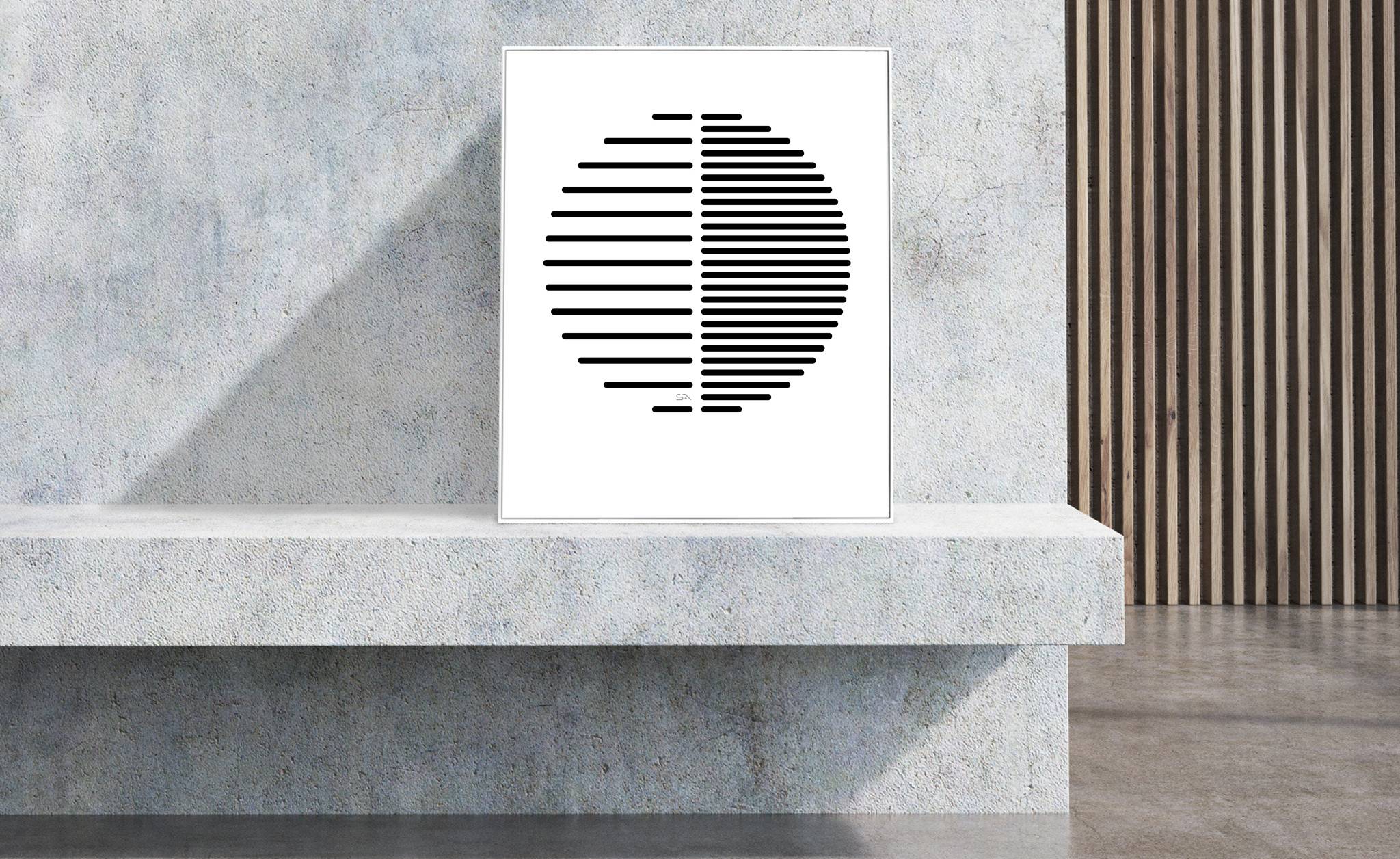 Year in review: technology editor Jonathan Bell’s top 10 tech stories of 2021
Year in review: technology editor Jonathan Bell’s top 10 tech stories of 2021Wallpaper’s Jonathan Bell reveals his top 10 technology stories of 2021, spanning portable speakers, virtual supercars, reimagined electric guitars, and a peek inside Apple Park
-
 Apple AirPods reach their third and best generation yet
Apple AirPods reach their third and best generation yetApple AirPods 3 come newly contoured for greater comfort, and with a ‘surround sound’ experience
-
 Microsoft’s Surface Duo 2 is a newly enhanced pocket foldable
Microsoft’s Surface Duo 2 is a newly enhanced pocket foldableMicrosoft Surface Duo 2 enters the foldable phone fray, with a host of improvements that bolster its status as a miniature workstation
-
 Key design innovations in the new Apple Watch, iPhone, and MacBook Pro
Key design innovations in the new Apple Watch, iPhone, and MacBook ProApple’s latest round of innovations delivers a wealth of fingertip functionality – here’s what to expect from the Apple Watch 7, iPhone 13 Pro, and MacBook Pro